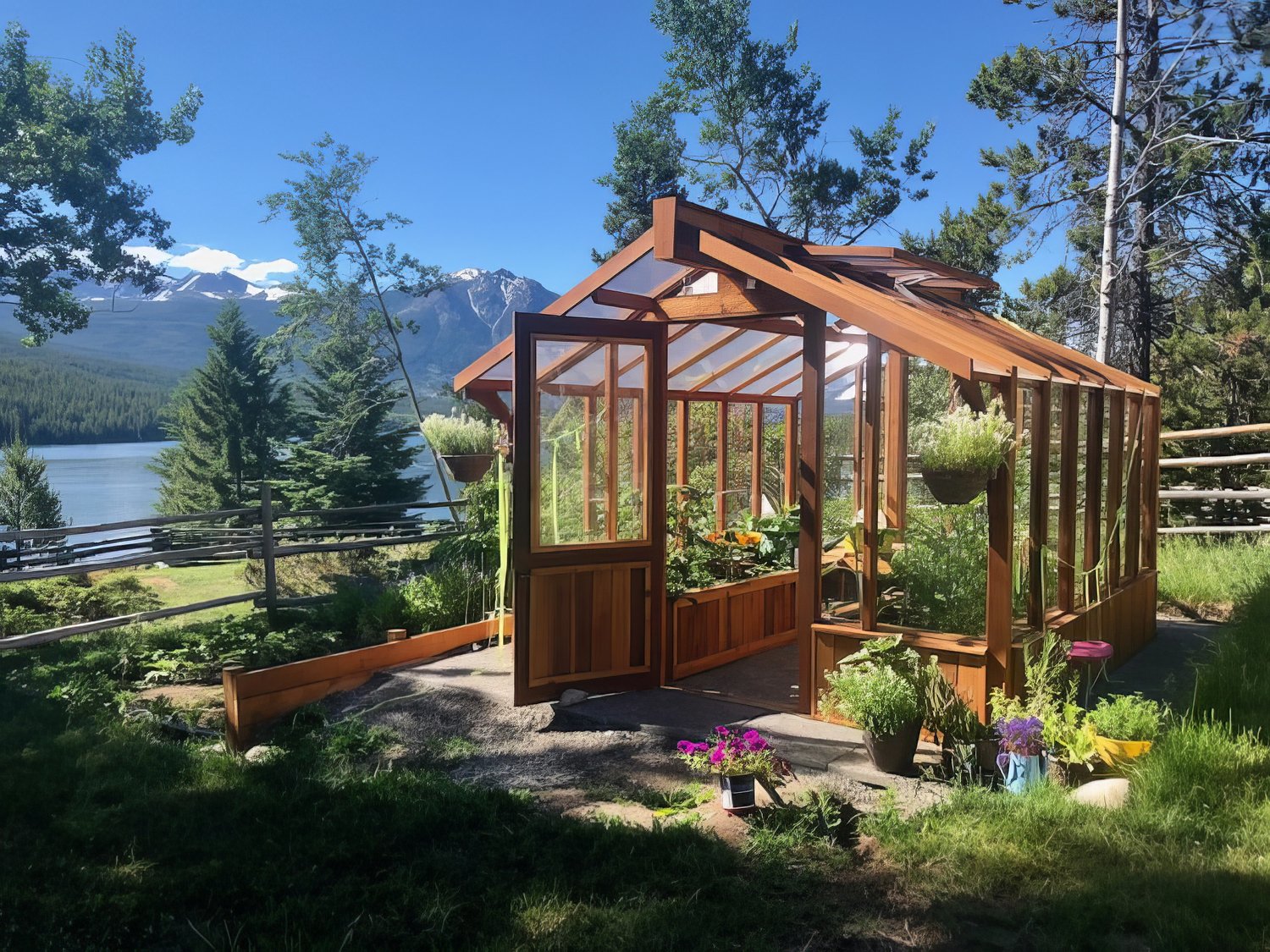Clarifying Top Quality: Monarch Greenhouse Sheds Utah Exceptional Layouts
Wiki Article
The Future of Greenhouses: Innovations in Sustainable Farming
Are you curious regarding the future of greenhouses and exactly how they are reinventing lasting agriculture? From advanced environment control systems to vertical farming techniques, water-efficient watering approaches, eco-friendly power combination, and clever data analytics, these innovations are changing the method we grow our food.Advanced Climate Control Equipment
To attain ideal expanding conditions, you can rely on the innovations in greenhouses with advanced climate control systems. These systems have actually revolutionized the way we cultivate crops, offering a controlled atmosphere that contributes to plant development. With these ingenious systems, you can now adjust temperature level, moisture, light degrees, and even carbon dioxide focus to produce the best conditions for your plants to grow.One of the essential features of these advanced environment control systems is their capacity to regulate temperature. By using sensors and automated controls, the greenhouse can change the temperature based upon the certain demands of the plants. This ensures that they are never ever exposed to extreme warmth or cool, which can be harmful to their growth.
Humidity control is an additional important aspect of these systems. By preserving the perfect moisture degrees, you can stop issues such as mold, mildew, and illness from influencing your plants. These systems can also manage the amount of light that gets to the plants, making sure that they obtain the optimum amount for photosynthesis.
Additionally, progressed climate control systems can also control CO2 concentrations. By increasing the levels of CO2 in the greenhouse, you can boost plant growth and productivity. This is specifically helpful in locations with reduced all-natural carbon dioxide degrees.
Upright Farming Methods
One vital upright farming method is using stacked expanding systems. Stacked expanding systems are generally used in metropolitan areas where room is limited.One popular method is recognized as upright hydroponics, where plants are grown in nutrient-rich water without dirt. This strategy is highly efficient as it decreases water usage by up to 90% compared to conventional farming approaches. Additionally, considering that the plants are expanded inside, they are safeguarded from conditions and parasites, decreasing the requirement for pesticides.
An additional technique is aeroponics, which entails suspending the plant origins in a haze or air atmosphere. This method permits optimum nutrient absorption and oxygenation, causing faster growth and higher yields. Aeroponics also utilizes less water than conventional farming and can be applied in upright systems, making it a prominent choice for upright farming.
Water-efficient Watering Methods
Making best use of water preservation is necessary when it involves carrying out water-efficient irrigation approaches in lasting agriculture. With global water scarcity coming to be a pushing concern, it is important to develop innovative methods that optimize water usage in greenhouse operations.One promising technique is drip watering, which provides water directly to the plant origins, reducing waste and dissipation. By utilizing a network of tubes with small emitters, water is used slowly and specifically, making sure that plants obtain the essential moisture without excess runoff.
An additional reliable technique is making use of soil dampness sensors. These gadgets gauge the wetness web content in the dirt and supply real-time data to farmers. By keeping an eye on the soil's dampness levels, farmers can accurately establish when and just how much water to use, protecting against over-irrigation.
In addition, the application of rainwater harvesting systems is obtaining popularity in greenhouse agriculture. Gathering rainwater from roofs and storing it in tanks enables farmers to utilize this natural deposit for watering objectives, decreasing dependence on standard water sources.
Lastly, the adoption of automated irrigation systems can significantly boost water efficiency. These systems make use of sensors to spot dirt wetness degrees and climate condition, readjusting watering timetables as necessary. By optimizing water usage based on actual plant requirements, these systems can minimize water waste and advertise sustainable farming methods.
Renewable Energy Combination
Sustainable power assimilation in greenhouses provides numerous advantages, including reduced running costs and lowered reliance on non-renewable power sources. The created power can then be made use of to run various procedures within the greenhouse, such as ventilation, heating, and lighting systems. These turbines harness wind power and transform it into electricity, which can be made use of to supplement the power demands of the greenhouse.Smart Data Analytics and Automation
To improve the efficiency of your greenhouse procedures and enhance source application, think about applying smart data analytics and automation. Smart data analytics includes gathering and assessing data from various sensors and gadgets within your greenhouse. By keeping track of aspects such as temperature level, moisture, light degrees, and dirt moisture, you can obtain Monarch Greenhouse installation Utah valuable insights into the health and growth of your plants. This data can aid you make informed decisions about changing environmental conditions, enhancing watering schedules, and avoiding prospective problems before they occur.
This can include automating the control of lighting, air flow, watering systems, and nutrient delivery. By automating these procedures, you can guarantee that your plants receive the appropriate conditions and nutrients at the right time, without the demand for continuous hands-on intervention.
In addition, wise data analytics and automation can collaborate synergistically. The information accumulated by sensing units can be used to educate automated systems, enabling them to make real-time adjustments based upon the present problems. This combination of data analytics and automation can cause more specific and effective resource allowance, ultimately causing greater returns and much better plant quality.
Final Thought
In conclusion, the future of greenhouses in lasting farming looks encouraging. With advanced climate control systems, upright farming techniques, water-efficient irrigation techniques, and eco-friendly energy integration, greenhouses are ending up being extra efficient and environmentally friendly.
By optimizing water use based on actual plant demands, these systems can reduce water waste and promote sustainable farming methods.

Report this wiki page